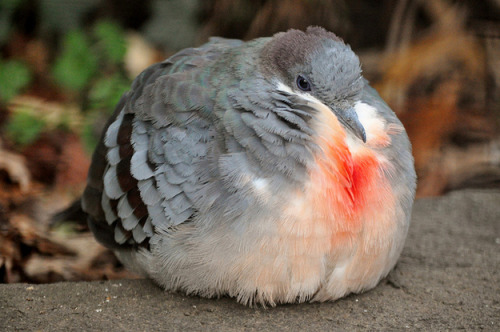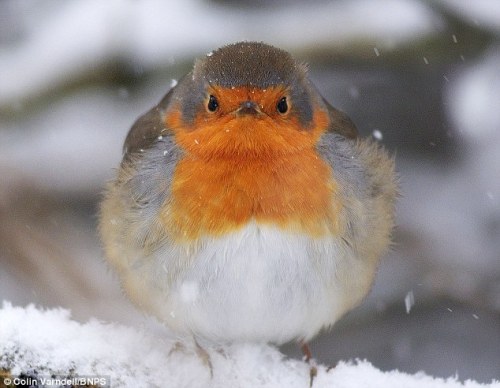This Is The Pelican Nebula! 🦢🦢🦢

This is the Pelican Nebula! 🦢🦢🦢
The molecular cloud of dark dust on the left of this image separates this nebula from the nearby North America Nebula. This nebula is quickly changing as newborn, hot stars ionize the gas and push it around, leading to its expansion! 💖💖💖
Taken by me (Michelle Park) using the Slooh Canary Two telescope on August 9th, 2021 at 3:52 UTC.
More Posts from Mystarypi and Others

Swallowed
f l o o f










Look at these birbs


Lagoon Nebula, M8, in Sagittarius ❤
Taken by me (Michelle Park) using the Slooh Canary Two Telescope, taken in August 2018.


✿ these past two days i’ve been organizing and getting things done ! i recreated my “life dashboard” on notion and i’ve been taking some python notes on there as well. i also recently deleted my acnh island after having a breakdown over how horrible it was ( oops lol ) , but i’ve restarted & im having fun playing in the early stages of the game hehe ✿

mola walk
One of my favorite nebulae ♥♥♥ It looks so beautiful 🥰🥰🥰

NGC 6357: Cathedral to Massive Stars via NASA https://ift.tt/31D4Lqn
How massive can a normal star be? Estimates made from distance, brightness and standard solar models had given one star in the open cluster Pismis 24 over 200 times the mass of our Sun, making it one of the most massive stars known. This star is the brightest object located just above the gas front in the featured image. Close inspection of images taken with the Hubble Space Telescope, however, have shown that Pismis 24-1 derives its brilliant luminosity not from a single star but from three at least. Component stars would still remain near 100 solar masses, making them among the more massive stars currently on record. Toward the bottom of the image, stars are still forming in the associated emission nebula NGC 6357. Appearing perhaps like a Gothic cathedral, energetic stars near the center appear to be breaking out and illuminating a spectacular cocoon.
(Published August 30, 2020)

usagi’s desk
-
hd w/ music | my shop

Artist: ThreeLeaves
-
 the-powers-of-the-lunar-prism liked this · 3 years ago
the-powers-of-the-lunar-prism liked this · 3 years ago -
 nlockett reblogged this · 3 years ago
nlockett reblogged this · 3 years ago -
 nlockett liked this · 3 years ago
nlockett liked this · 3 years ago -
 warr1966 liked this · 3 years ago
warr1966 liked this · 3 years ago -
 thunderapache-blog reblogged this · 3 years ago
thunderapache-blog reblogged this · 3 years ago -
 thunderapache-blog liked this · 3 years ago
thunderapache-blog liked this · 3 years ago -
 dudahfehh liked this · 3 years ago
dudahfehh liked this · 3 years ago -
 missingjackklinehours liked this · 3 years ago
missingjackklinehours liked this · 3 years ago -
 ofcottonsandcalicos liked this · 3 years ago
ofcottonsandcalicos liked this · 3 years ago -
 whatupduck04-blog liked this · 3 years ago
whatupduck04-blog liked this · 3 years ago -
 endvr11 liked this · 3 years ago
endvr11 liked this · 3 years ago -
 cabbagesnail20122 liked this · 3 years ago
cabbagesnail20122 liked this · 3 years ago -
 aflowerofwords liked this · 3 years ago
aflowerofwords liked this · 3 years ago -
 oriole92 liked this · 3 years ago
oriole92 liked this · 3 years ago -
 awesomeatomiccollector liked this · 3 years ago
awesomeatomiccollector liked this · 3 years ago -
 gymnast112358 liked this · 3 years ago
gymnast112358 liked this · 3 years ago -
 andrewtylo liked this · 3 years ago
andrewtylo liked this · 3 years ago -
 celestialcoffeemug liked this · 3 years ago
celestialcoffeemug liked this · 3 years ago -
 mcmixciv liked this · 3 years ago
mcmixciv liked this · 3 years ago -
 thissometimepoet liked this · 3 years ago
thissometimepoet liked this · 3 years ago -
 grimmsouyl liked this · 3 years ago
grimmsouyl liked this · 3 years ago -
 sevensings2295 liked this · 3 years ago
sevensings2295 liked this · 3 years ago -
 redlkia liked this · 3 years ago
redlkia liked this · 3 years ago -
 cuntycassandra liked this · 3 years ago
cuntycassandra liked this · 3 years ago -
 thisisreallydumb00 liked this · 3 years ago
thisisreallydumb00 liked this · 3 years ago -
 daydraematnight reblogged this · 3 years ago
daydraematnight reblogged this · 3 years ago -
 yourlocalnerdkid liked this · 3 years ago
yourlocalnerdkid liked this · 3 years ago -
 minaagid liked this · 3 years ago
minaagid liked this · 3 years ago -
 mystarypi-astronomy reblogged this · 3 years ago
mystarypi-astronomy reblogged this · 3 years ago -
 rogilson liked this · 3 years ago
rogilson liked this · 3 years ago -
 myresortofawesomeness reblogged this · 3 years ago
myresortofawesomeness reblogged this · 3 years ago -
 tpl10209777 liked this · 3 years ago
tpl10209777 liked this · 3 years ago -
 obi-wann-cannoli liked this · 3 years ago
obi-wann-cannoli liked this · 3 years ago -
 sansationalunderplayer liked this · 3 years ago
sansationalunderplayer liked this · 3 years ago -
 what-do-life-is liked this · 3 years ago
what-do-life-is liked this · 3 years ago -
 artistalison liked this · 3 years ago
artistalison liked this · 3 years ago -
 pacify-mary liked this · 3 years ago
pacify-mary liked this · 3 years ago -
 johnnyabbate liked this · 3 years ago
johnnyabbate liked this · 3 years ago -
 sleepyfloor liked this · 3 years ago
sleepyfloor liked this · 3 years ago -
 mailingstarman liked this · 3 years ago
mailingstarman liked this · 3 years ago -
 starmoshidave liked this · 3 years ago
starmoshidave liked this · 3 years ago

